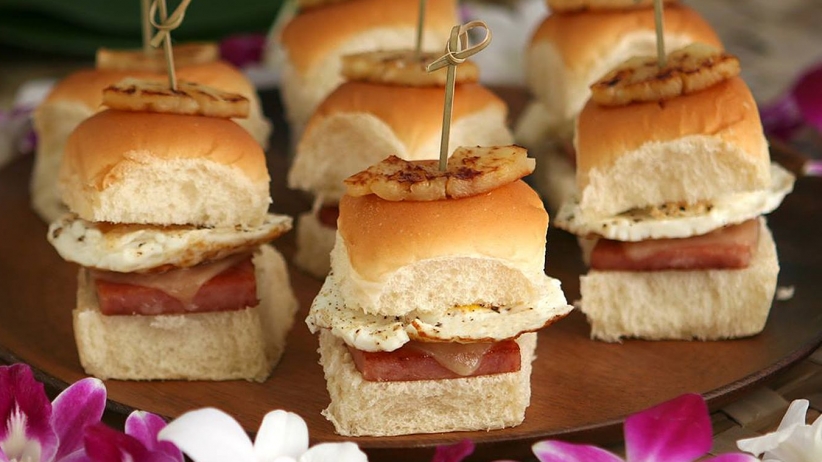6 Keys to Increasing Your Revenue in a Declining Market. Get world-class creative on a budget by building your own team. “Larger agencies don’t give smaller businesses their best talent,” he says. “I presented him with an opportunity to work directly on the business,” Dickens explained. King’s Hawaiian isn’t the only brand to develop in-house talent. Many have recognized that the traditional agency model is no longer working for them. “Most bread companies are not interested in marketing. Look for the deals that no one else is making, especially if your product is a so-called “everyday commodity.” For example, in 2013, King’s Hawaiian partnered with Arby’s to create the King’s Hawaiian Roast Beef and King’s Hawaiian Roast Beef & Swiss, two limited-time-only sandwiches sold at all Arby’s locations. Own your business. Do all this, and your business is sure to take the cake.

In 2014, King’s Hawaiian overtook Bimbo as the leading U.S. vendor in “all other fresh rolls/buns/croissants.” In 2016, the bakery increased sales of fresh rolls and buns by 12.2 percent and hamburger and hotdog buns by 23.9 percent, outperforming competitors by a large margin. No matter what your business is, that’s success you want to emulate.
I had the chance to speak with Erick Dickens, CMO at King’s Hawaiian, on how he was able to double his revenue in a declining market overall. Here are six keys to capturing the market share.
1. Have an awesome product.
Sales aren’t going anywhere if you don’t have a brand worth selling. Enough said.
2. Get world-class creative on a budget by building your own team.
Dickens quickly realized that outsourcing to a traditional ad agency wasn’t going to work. For one thing, King’s Hawaiian was a relatively small brand with a proportional budget. “Larger agencies don’t give smaller businesses their best talent,” he says. King’s Hawaiian had never really communicated with consumers before, so their first attempt had to be just right. Since he wasn’t going to get that from the big agencies, Dickens decided he would have to build his own world-class marketing as a hybrid of in-house talent and highly talented contractors.
Dickens began reaching out to personal contacts he’d built over the years. One contact, Steve Levit, had previously run a major creative shop in Los Angeles. “I presented him with an opportunity to work directly on the business,” Dickens explained. “I got to pay him a fraction of the cost I would pay a creative agency, and I got a better result.” The new creative director hired a few more full-time employees along with freelancers, according to need.
King’s Hawaiian isn’t the only brand to develop in-house talent. Many have recognized that the traditional agency model is no longer working for them. Adweek reports that in “2008, 42 percent of member companies in the Association of National Advertisers had in-house agencies. Five years later, that figure rose to nearly 60 percent.”

COMMENTS